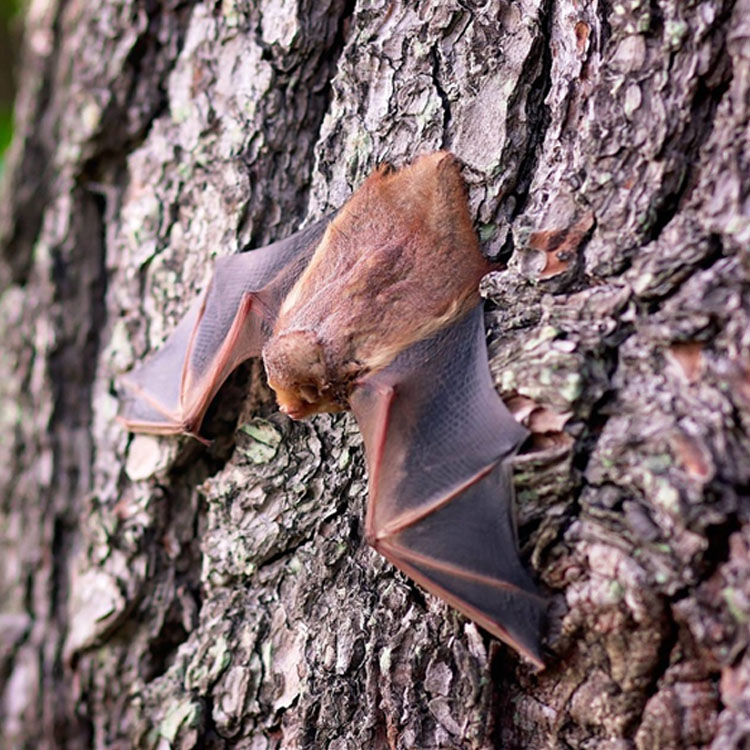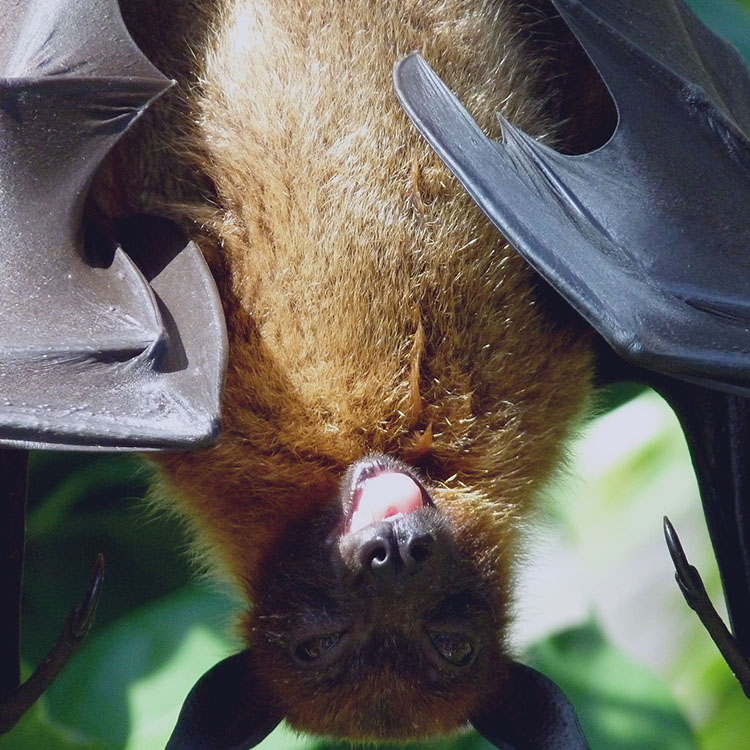Bat Diseases: Rabies
Many people associate bats with rabies, this is however just a stigma. Many bats do not have rabies, in fact the disease only affects about 1 percent of the population. In fact, it is more common that people get infected with Histoplasmosis from the guano of bats than they do with rabies from bats. This is not to say that you shouldn’t proceed with extreme caution if in contact with a bat. Even with rabies, they are not overly aggressive creatures so it may be difficult to tell if one is infected or not. One bite or even a scratch from a bat carrying the disease will make you susceptible to it, and rabies shots are not a fun time.

Histoplasmosis is a fungus spore that is found in bat guano, often these spores can become airborne. If they are inhaled, they can cause serious respiratory issues. Often, these symptoms are mild. However, if you start to notice any respiratory issues and you have or previously had a bat problem in the home it is important to seek medical attention.
You should always handle bat issues with extreme caution so that you can protect yourself from coming in contact with either Rabies or Histoplasmosis.

Bats are also covered in hair, which means that they shed, often. This constant shedding of hair can make people with allergies go crazy. There are no such things as hypo-allergenic bats! They also have the potential to bring fleas and ticks into your home as well. This is a major issue, especially if you have household pets. The last thing anyone wants is a pest issue on top of a bat issue. There are several diseases linked to bats around the world, however rabies and histoplasmosis are the most common found in the United States.